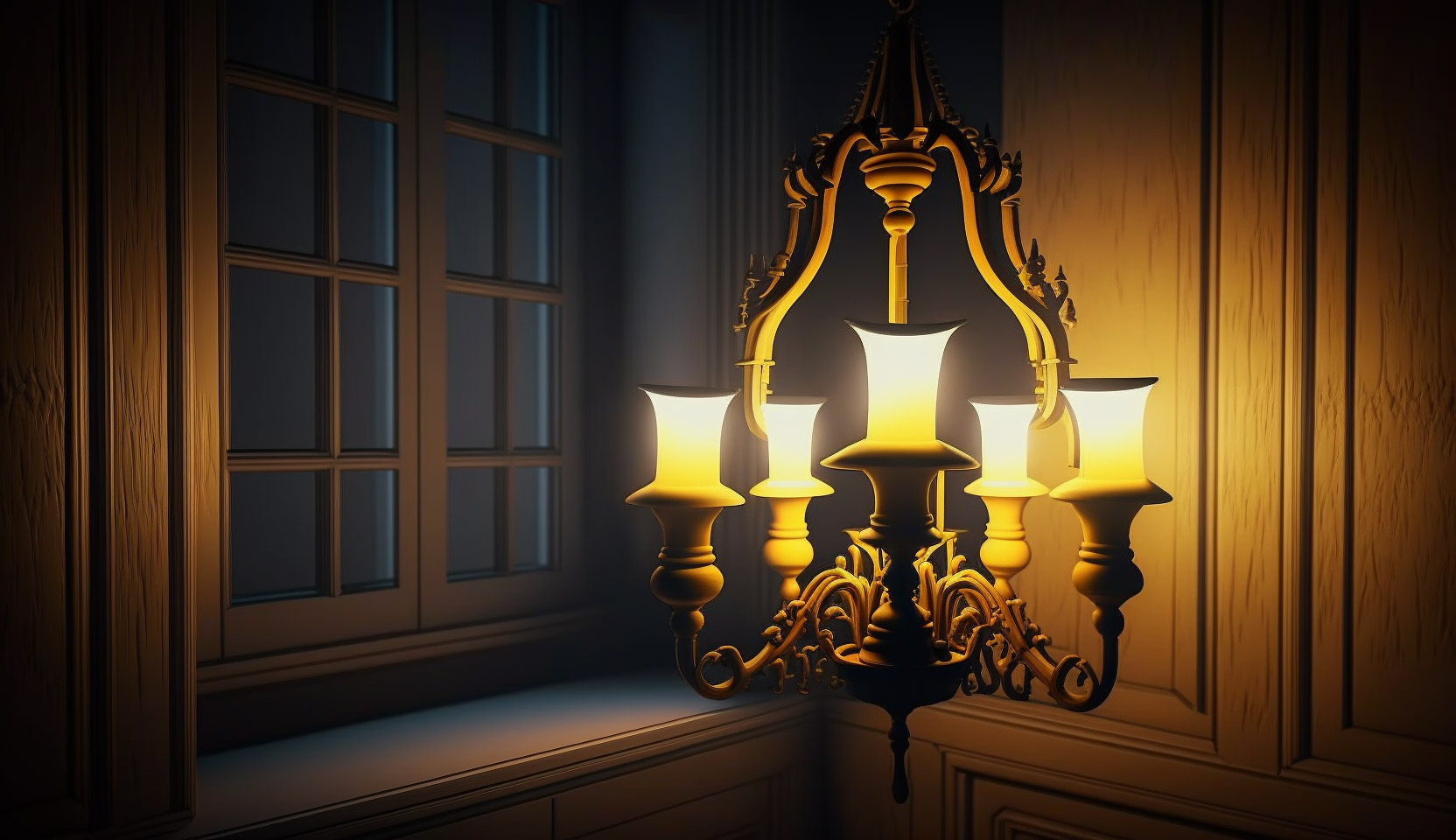When it comes to lighting our homes, there are various options available in the market. The two most common types of lighting are white lamps (also known as moonlight) and yellow lamps (also known as solar). While both these types of lamps serve the same purpose, they have their own unique features, advantages, and disadvantages.
In this article, we will discuss the differences between white and yellow lamps and help you decide which one is better for your home.
Color temperature
The color temperature of a lamp is measured in Kelvins (K) and refers to the hue of the light it emits. White lamps have a color temperature of around 5000K, which gives off a bluish-white light similar to moonlight. Yellow lamps, on the other hand, have a color temperature of around 2700K, which gives off a warm yellow light similar to sunlight.
Both types of lighting have their own advantages. White lamps are great for task lighting and can help improve concentration and focus. On the other hand, yellow lamps are perfect for creating a warm and cozy atmosphere in your home, making them ideal for bedrooms and living rooms.
Energy efficiency
Another factor to consider when choosing between white and yellow lamps is energy efficiency. LED lamps are known for their energy efficiency and can help you save money on your electricity bills. White LED lamps are more energy-efficient than yellow lamps, as they require less power to produce the same amount of light.
Health benefits
Did you know that the type of lighting in your home can have an impact on your health? White lamps emit blue light, which can suppress the production of melatonin in your body and disrupt your sleep cycle. Yellow lamps, on the other hand, emit warmer light that is less likely to interfere with your circadian rhythm.
If you’re someone who struggles with sleep, it’s best to use yellow lamps in your bedroom and avoid using white lamps at night.
Decorative purposes
Finally, the choice between white and yellow lamps can also come down to personal preference and decorative purposes. If you’re looking to create a modern and sleek look in your home, white lamps might be the way to go. On the other hand, if you’re going for a cozy and warm atmosphere, yellow lamps can be a great choice.
Conclusion
In conclusion, both white and yellow lamps have their own unique features and advantages. When choosing between the two, it’s important to consider factors such as color temperature, energy efficiency, health benefits, and decorative purposes.
If you’re someone who values energy efficiency and task lighting, white lamps might be the way to go. If you’re looking to create a cozy and warm atmosphere, yellow lamps can be a great choice. Ultimately, the choice between white and yellow lamps comes down to personal preference and the specific needs of your home.
So, which one will you choose?
FAQ
Are white lamps better for task lighting?
Yes, white lamps are generally better for task lighting. The bluish-white light they emit is similar to daylight, which can help improve concentration and focus. This makes them ideal for use in home offices, kitchens, and other areas where you need to perform tasks that require good visibility.
Can the type of lamp I use affect my sleep quality?
Yes, the type of lamp you use can have an impact on your sleep quality. White lamps emit blue light, which can suppress the production of melatonin in your body and interfere with your sleep cycle. If you’re someone who struggles with sleep, it’s best to use yellow lamps in your bedroom and avoid using white lamps at night.
Are yellow lamps less energy-efficient than white lamps?
Yellow lamps are generally less energy-efficient than white lamps. This is because they require more power to produce the same amount of light. However, LED yellow lamps are still more energy-efficient than traditional incandescent lamps, so they can still help you save money on your electricity bills. If energy efficiency is a top priority for you, white LED lamps are the most energy-efficient option.

